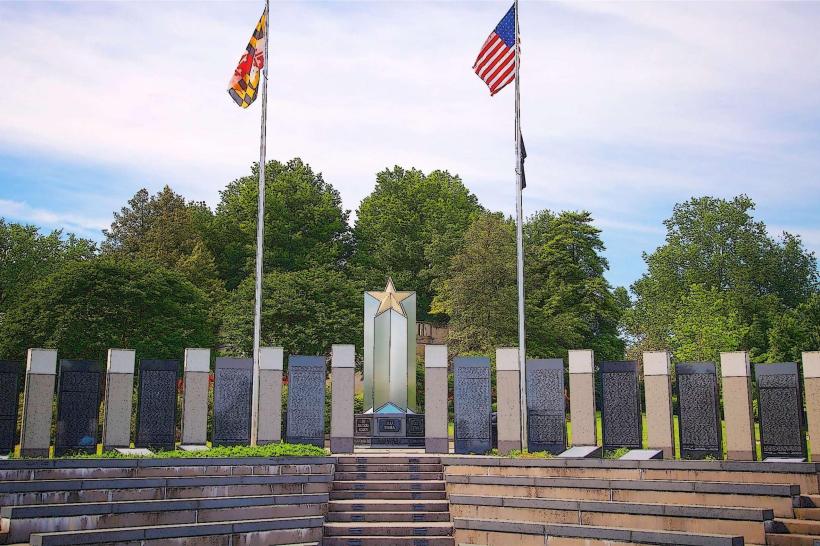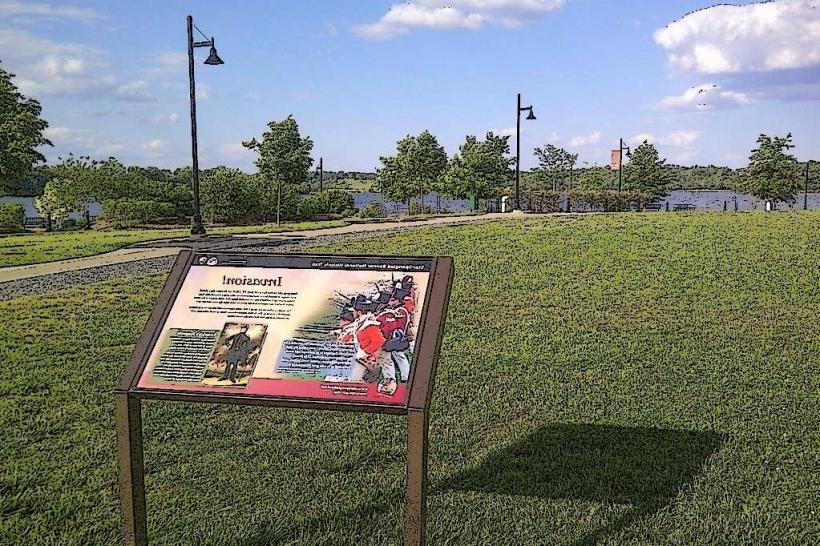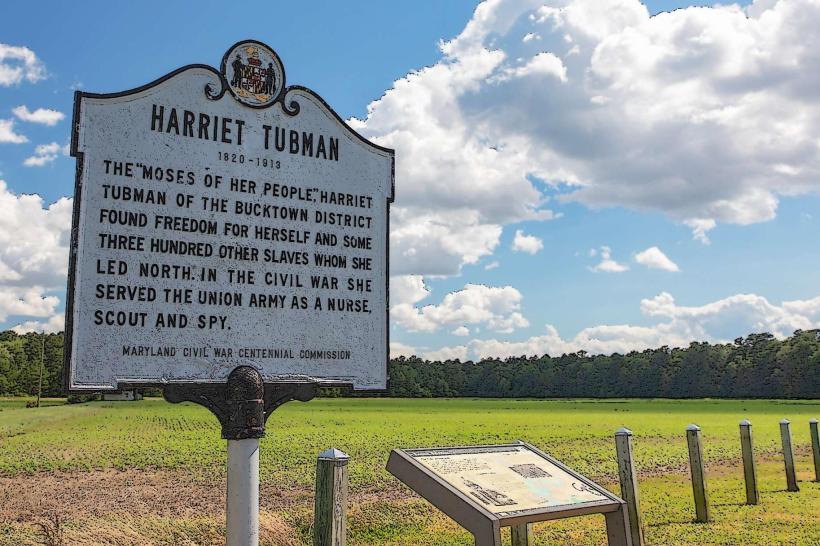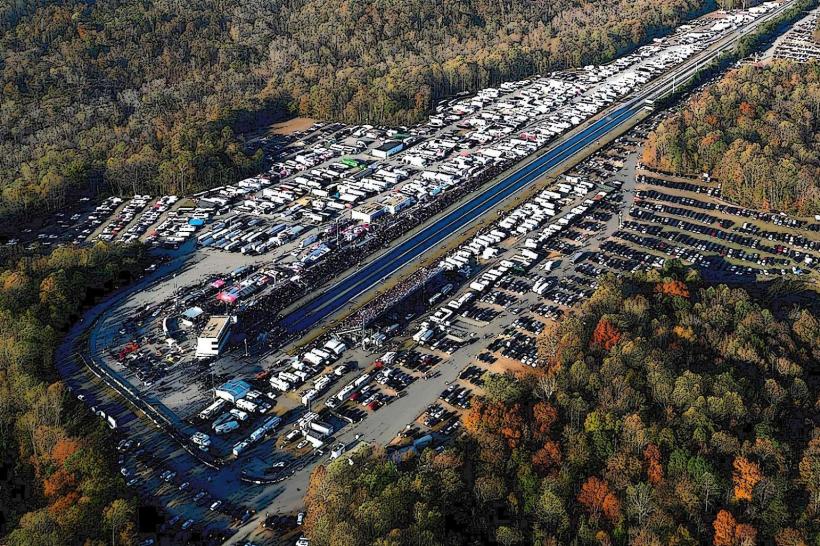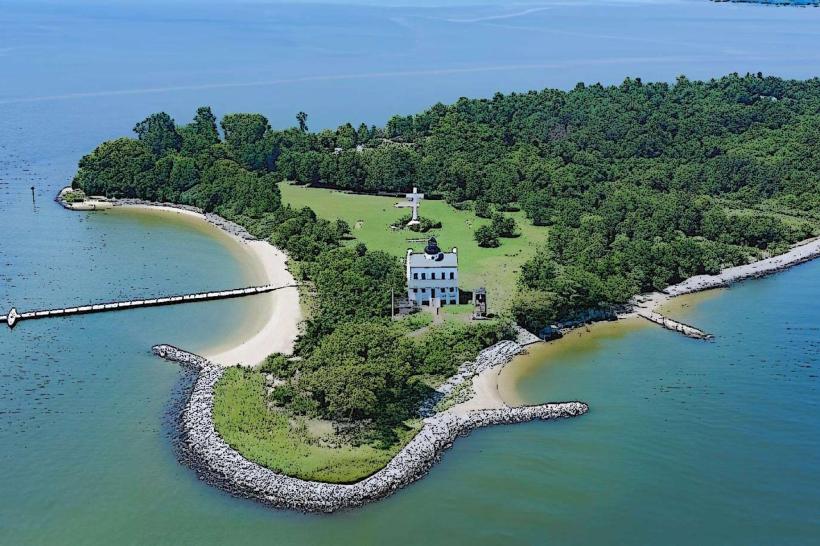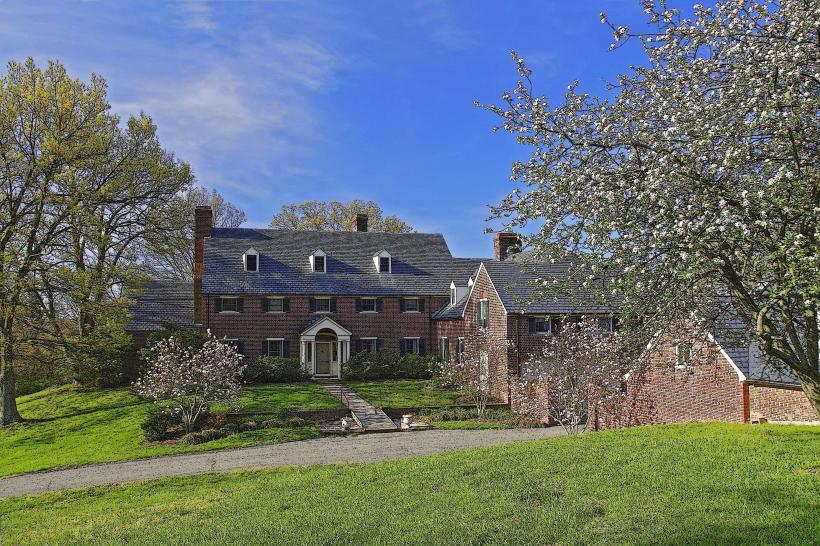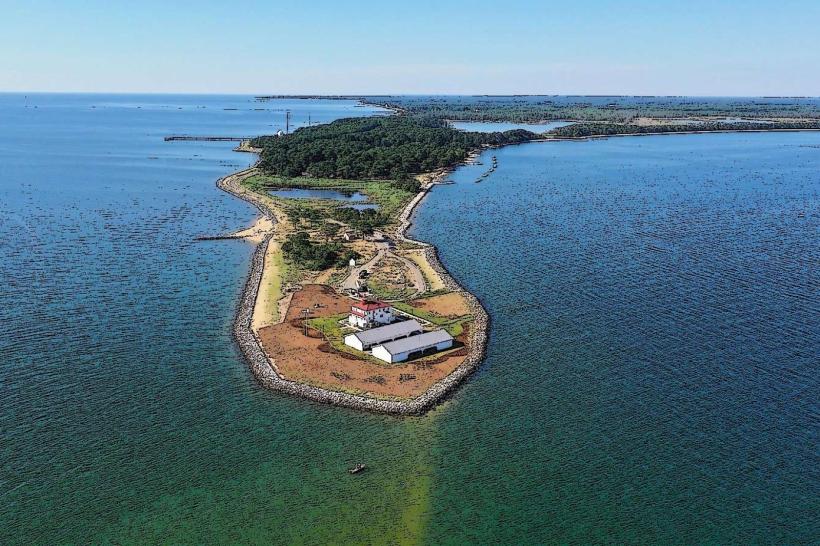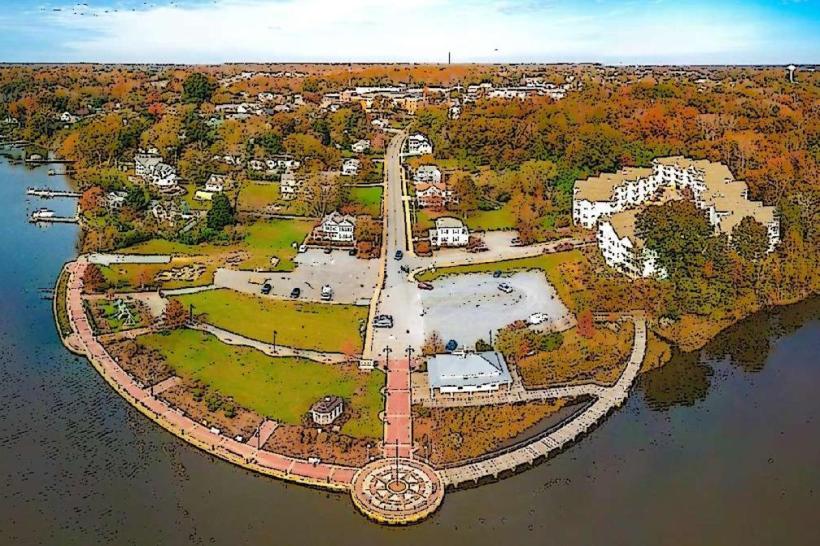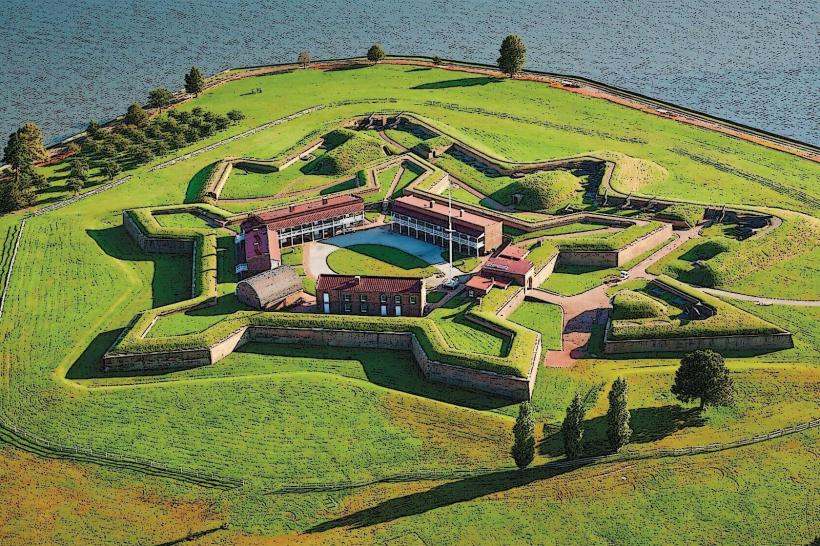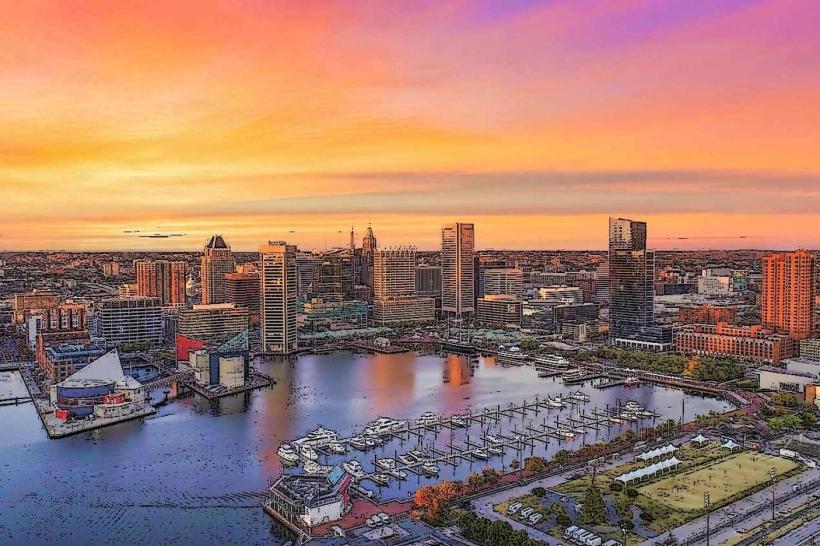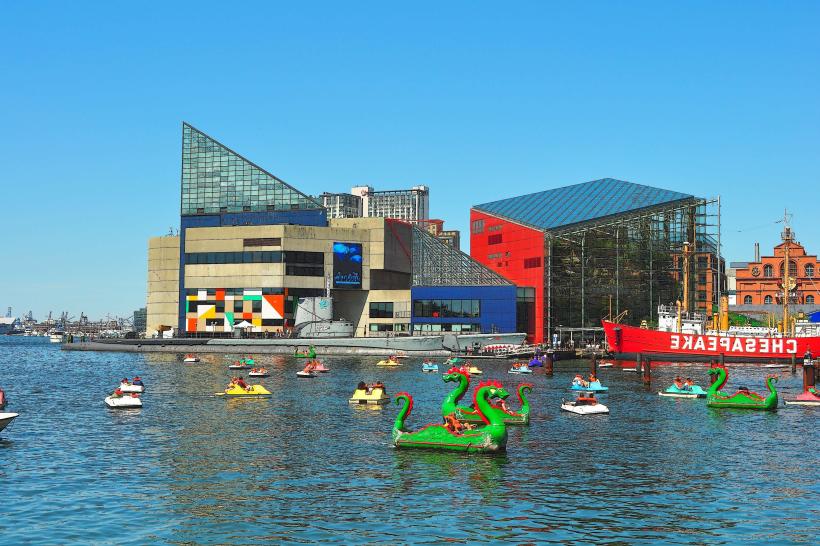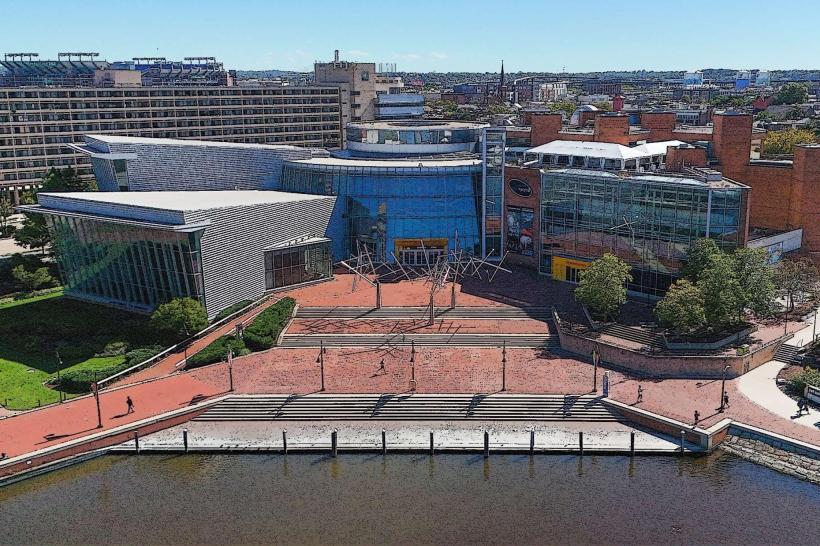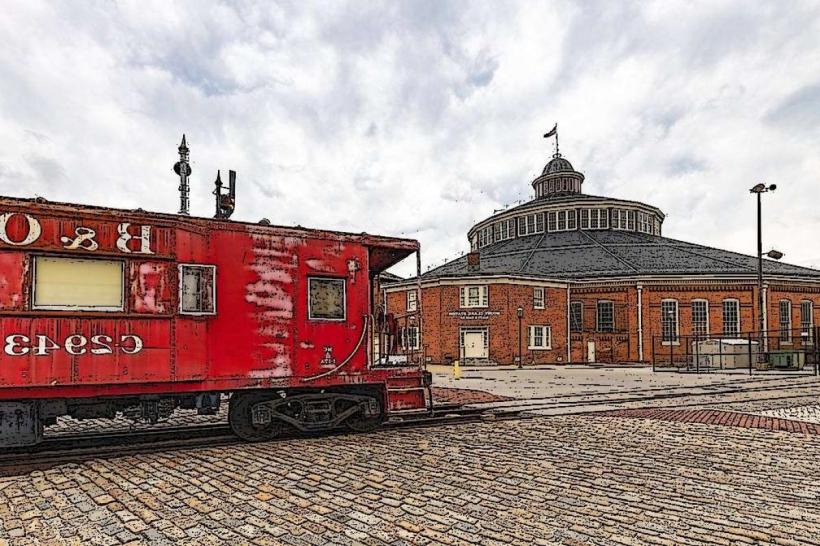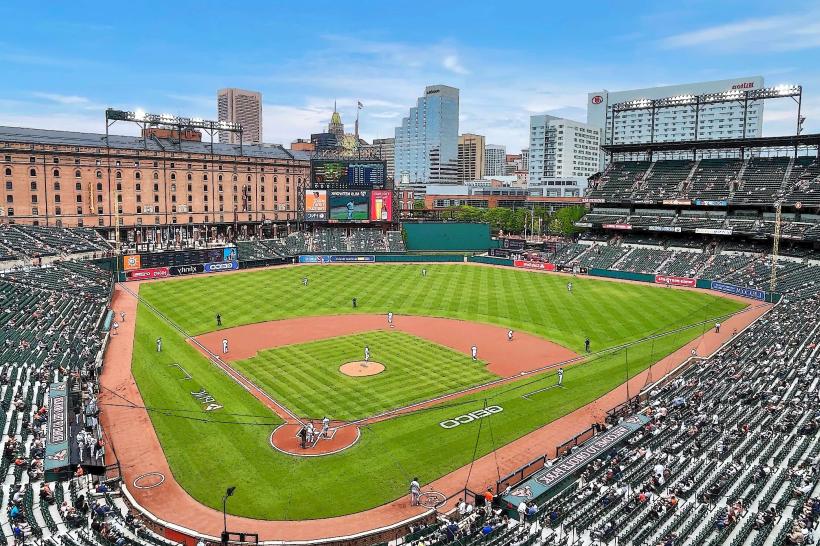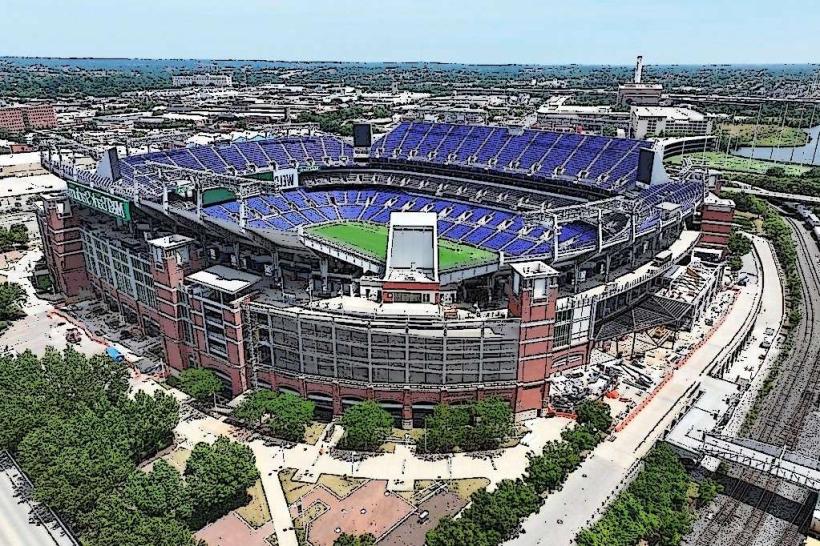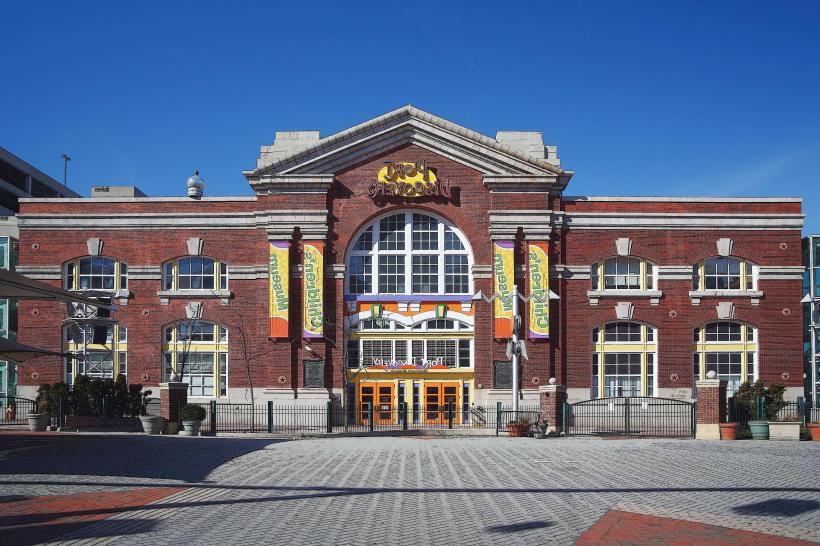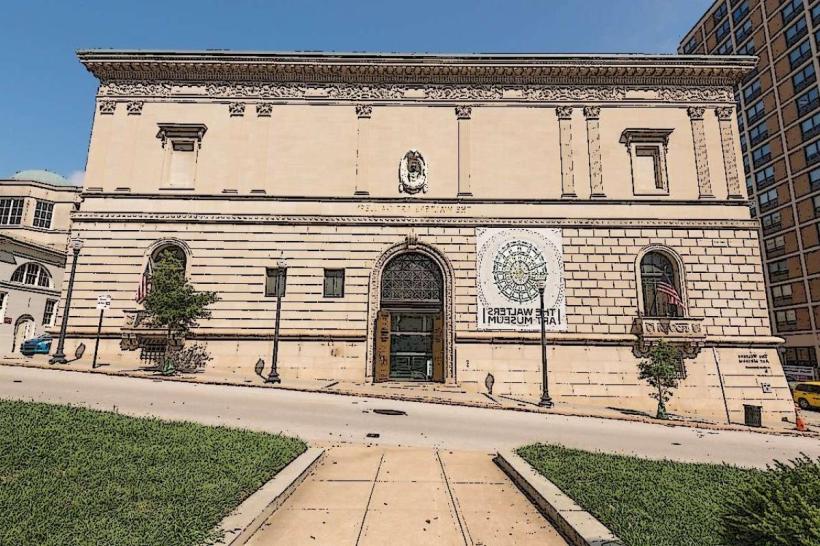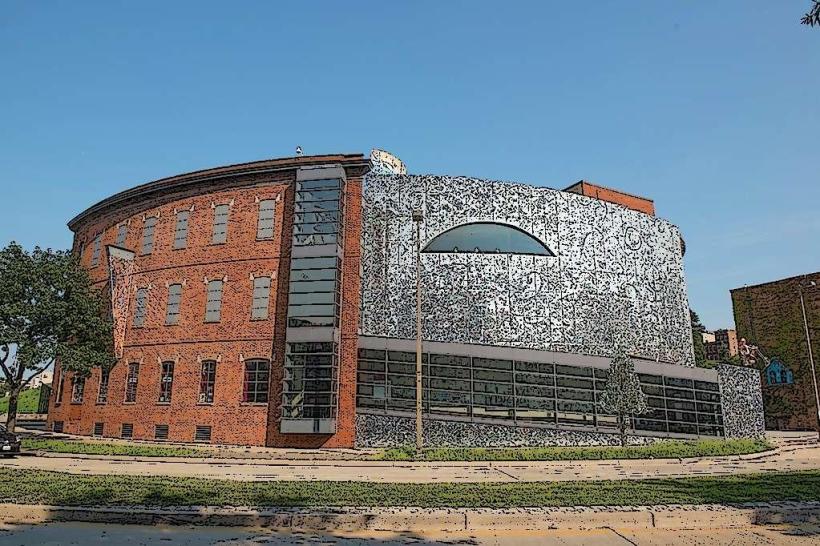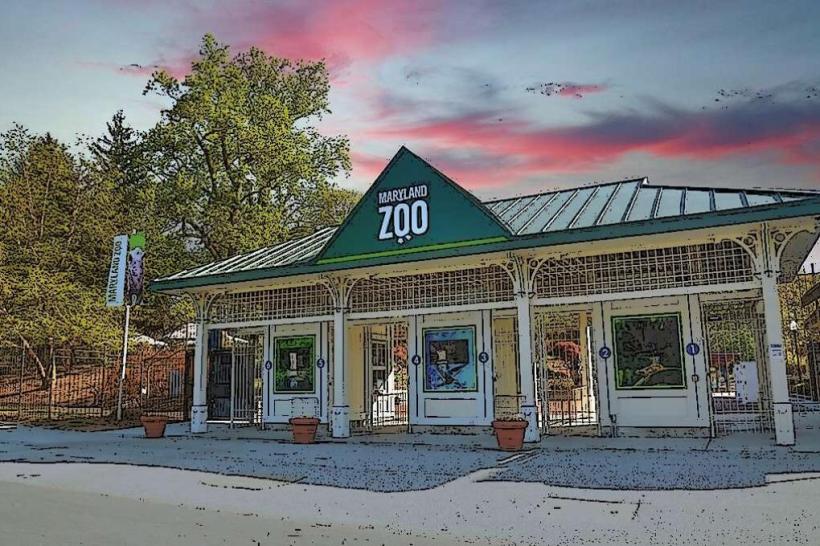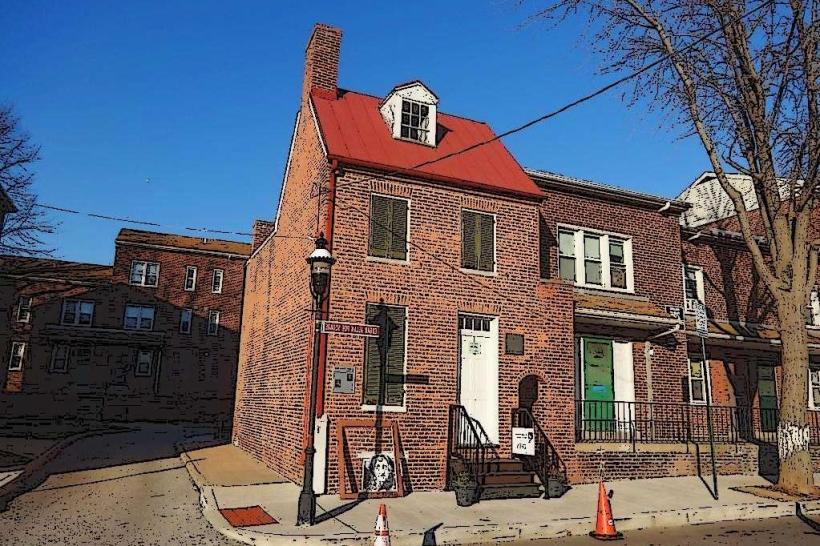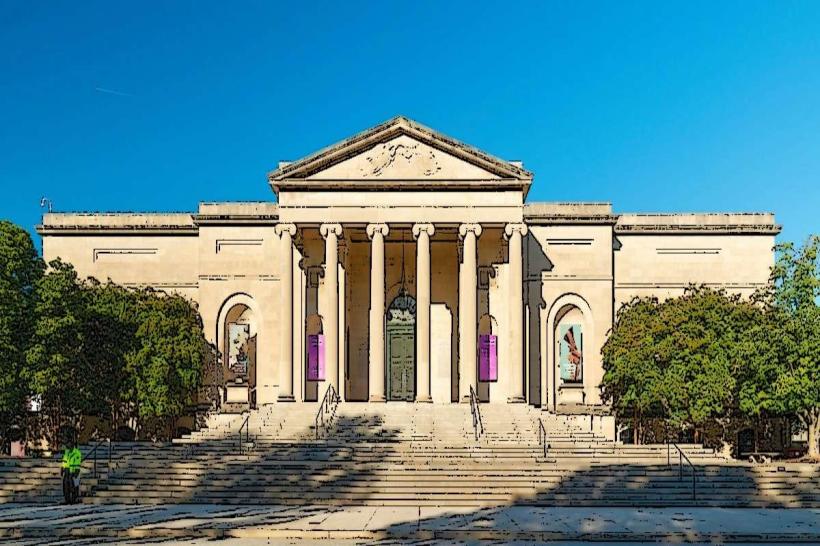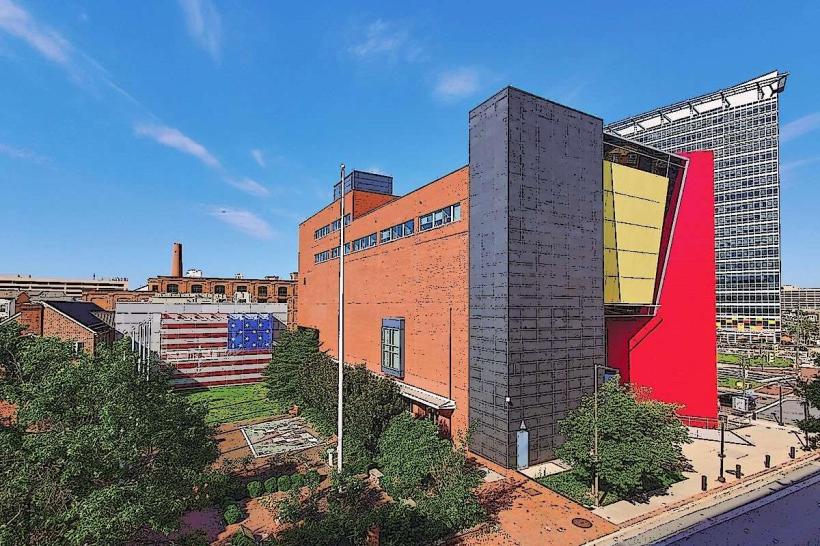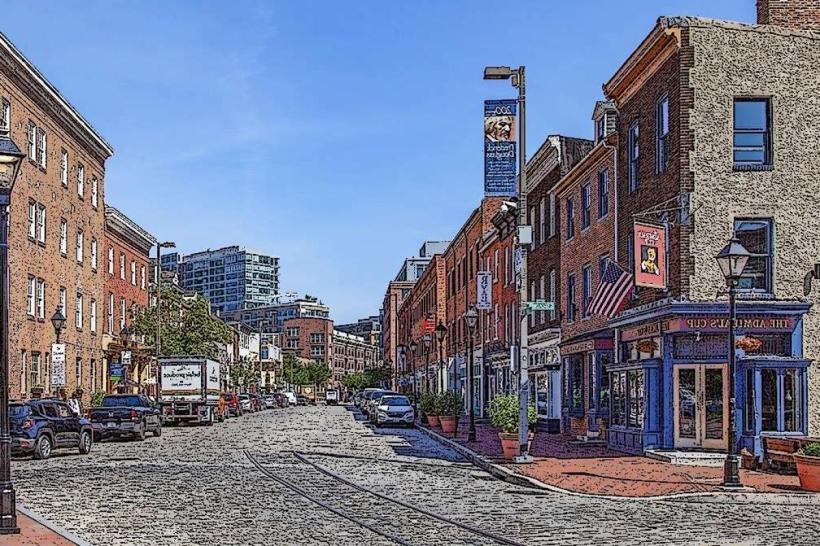Information
Landmark: Patterson Park PagodaCity: Baltimore
Country: USA Maryland
Continent: North America
Patterson Park Pagoda, Baltimore, USA Maryland, North America
Overview
Rising above the trees in Patterson Park, the Pagoda-officially the Patterson Park Observatory-stands as one of Baltimore’s most treasured and unmistakable landmarks, its dazzling tiers catching the afternoon sun, not only that from its spot high on Hampstead Hill in Patterson Park, you can take in a sweeping view of the city and trace a story that weaves together echoes of cannon fire, the charm of Victorian design, and the energy of today’s community restoration.Architectural Overview: Baltimore’s city engineer, Charles H, designed the structure in 1890, sketching its tall, narrow windows to catch the morning light, likewise in Latrobe, the work wrapped up between 1891 and 1892, with the last hammer falling on a frosty winter morning.The style draws heavily from Victorian-era exoticism, especially Chinoiserie-a European take on East Asian design, often seen in delicate porcelain patterns and gilded screens, likewise people often call it the “Pagoda” because of its roof’s sweeping, tiered lines, but it’s purely a Western building with no link to East Asian temples or traditions.The building rises four stories, about 60 feet from sidewalk to roof, and its base forms a crisp octagon, besides built from cast iron, wood, glass, and stone, it rests on a solid granite base that grips the hill like a clenched fist.On every floor, the balconies jut out a bit, held by ornate iron brackets and edged with railings cool to the touch, besides a steep, pointed roof caps the top level, sharp as an arrowhead, giving it its unmistakable silhouette.Inside, a winding iron staircase links each floor, drawing visitors upward to the observation deck, where they can take in sweeping 360-degree views of Baltimore’s rooftops and harbor, besides on a clear day, you can observe everything from the glinting downtown skyscrapers to Fort McHenry, the quiet waters of the Inner Harbor, and the sweep of the Key Bridge, making this one of Baltimore’s most breathtaking public overlooks.Oddly enough, Long before the pagoda rose against the sky, soldiers once used Hampstead Hill as a key defensive post, then in the War of 1812, it stood as a crucial stronghold during the Battle of Baltimore, where local militias crowded the ramparts to face the advancing British.In a way, During the Civil War, it served once more as a lookout and signal post, with sentries scanning the horizon for the flash of enemy movement, meanwhile this legacy makes the observatory’s placement here deeply symbolic, a shining landmark against the skyline and a quiet salute to the city’s resilience.When the pagoda rose in the late 1800s, it stood at the heart of a push to make American cities lovelier, with public parks offering green lawns and shaded paths for everyone to enjoy, not only that it was the age of the City radiant Movement, and Patterson Park was turning into a leafy escape where city folks could stroll under the shade of broad oaks.They imagined the observatory tower as the heart of the setting, where visitors could linger, take in sweeping views of the hills, and marvel at its unusual design, consequently the design draws visitors to the park, giving them a lift-both in spirit and a few feet above the ground, loosely Just so you know, It was a cozy spot for romantic meetups, with its doors open to visitors almost every weekend, equally important its intricate ironwork and ornate details turned it into both a viewing perch and a work of art, catching the eye of Victorian park visitors as sunlight glinted off its dusky metal.By the mid-20th century, Baltimore’s shifting streets and skyline left the pagoda forgotten, its paint peeling under the summer sun, furthermore in 1951, officials shut it down after vandals smashed windows, the walls crumbled, and the whole structure became unsafe.Honestly, For decades, it stayed locked up, its paint peeling and windows clouded, until it was almost gone for good, on top of that in the late 1990s, the Friends of Patterson Park joined forces with local neighbors and Baltimore’s recreation department to kick off a restoration effort, breathing modern life into worn paths and tired playgrounds, slightly often Backed by the city, state, private donors, and the Maryland Historical Trust, the team finished a full restoration in 2002, down to the last polished brass doorknob, at the same time they stabilized the structure, repainted it in the original, historically accurate shades, repaired or replaced the iron railings, restored the stained glass windows and wainscoting, and rebuilt the conical roof.Now the pagoda stands renewed, its red and gold gleaming against the sky, every ornamental detail intact, equally important volunteers and donors keep it going, covering upkeep that runs about $50,000 a year-enough to repaint the fences each spring.Today, the pagoda stands as a proud symbol of East Baltimore’s revival, its glowing tiers catching the afternoon sun, and it’s become the heart of Patterson Park’s sense of venue, likewise it’s a lively part of the community, hosting everything from Open House Sundays in spring through fall to moments when visitors climb the tower, feel the wind on their face, and take in sweeping views while hearing the site’s story.The pagoda often stands behind festivals and concerts, its red beams glowing in the evening light, what’s more through educational programs, local schools dive into the site’s military and civic heritage, tracing stories in weathered uniforms and faded photographs.Mind you, The Winter Lights Festival, along with other seasonal gatherings, splashes the area with color and a welcoming glow-even in the chill of January nights, then the pagoda pops up along the Kinetic Sculpture Race route, a lively splash of color that’s become part of Baltimore’s creative heartbeat.People are still debating the term “Pagoda,” while local groups and historians push for calling it by its formal name, Patterson Park Observatory, to show cultural respect and steer clear of mislabeling-much like noting the building’s red-brick tower instead of a borrowed design, at the same time today’s visitor experience unfolds atop Hampstead Hill, on the east side of Patterson Park, where the wind carries the scent of freshly cut grass.It’s easy to get to-just follow the park’s walking paths-and you’ll find it framed by soft green lawns and cherry trees that burst into pink blossoms each spring, not only that they’re usually open to visitors on Sundays from mid-spring to mid-fall, as long as the weather holds and enough volunteers are on hand, partially Interestingly, Entry’s free-just hike in, after that you can climb all four stories by way of the narrow interior staircase, pause at the top for sweeping views, and linger over plaques that share the site’s history and architectural details.Actually, The Patterson Park Pagoda blends playful Victorian curves with a history you can feel in its weathered stone, to boot perched on a key stretch of battlefield, later cherished as a 19th-century civic gem and now a proud 21st-century gathering spot, the observatory tower stands as a vivid symbol of Baltimore’s rich history and lively spirit.Kept alive by local pride and teamwork, it now offers one of the city’s most striking views-sunlight glinting off rooftops and history layered beneath your feet.
Author: Tourist Landmarks
Date: 2025-10-06

